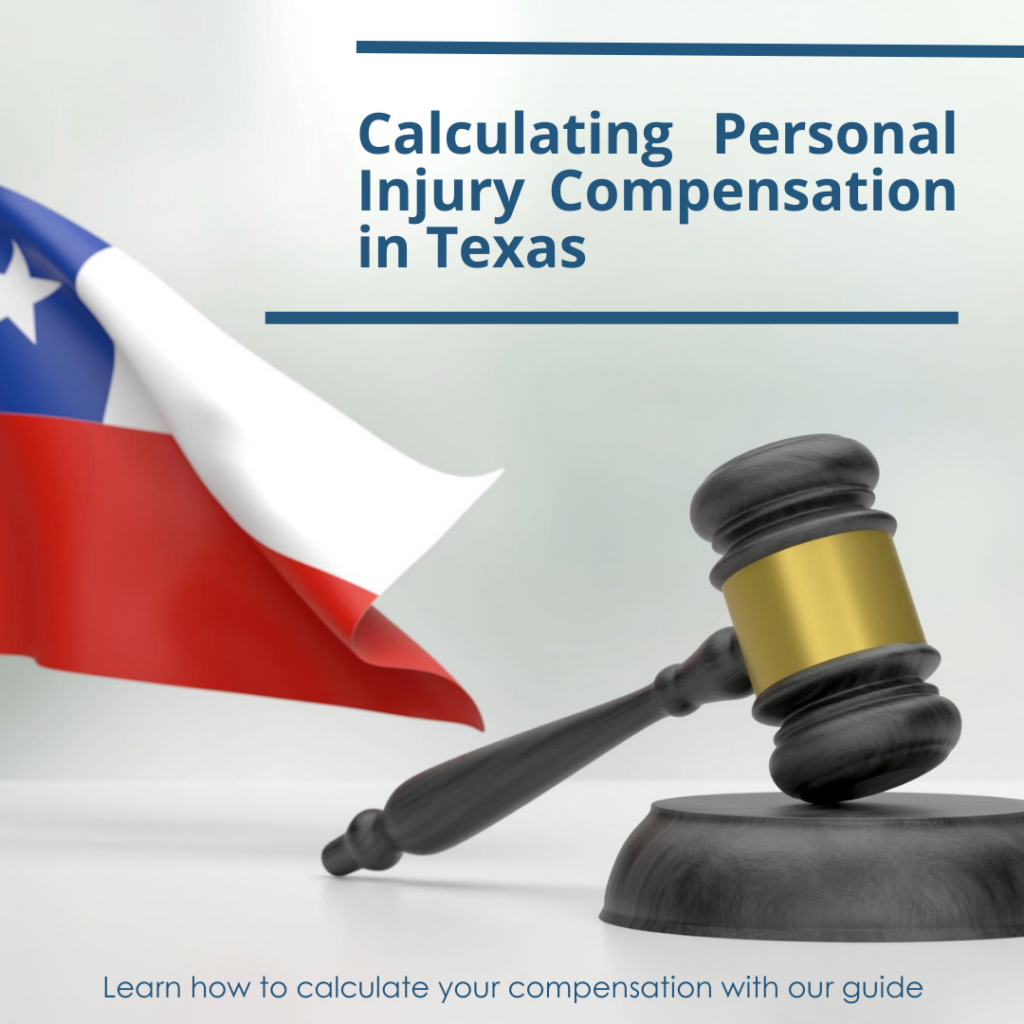In the state of Texas, personal injury compensation is calculated using the theory of proportional comparative negligence. This means that the amount of compensation awarded to an injured person is determined based on the proportion of fault assigned to each of the parties involved in the accident.
General steps for calculating personal injury compensation in Texas:
Establish Liability: Determine who was responsible for the accident or injury.
Determine Economic Damages: Identify the tangible costs associated with your injuries, such as medical bills, rehabilitation expenses, lost wages, and property damage.
Evaluate non-economic damages: Evaluate intangible losses that do not have a precise monetary value, such as pain and suffering, loss of quality of life, mental anguish, and inability to enjoy activities of daily living.
Consider Comparative Liability: If you are found to be at some fault in the accident, your compensation will be reduced depending on your degree of liability.
File a Lawsuit or Negotiate a Settlement: You may file a lawsuit or negotiate a settlement with the liable party or their insurance company once the extent of your injuries has been assessed and economic and non-economic damages have been calculated. It is advisable to have a specialized personal injury attorney to provide you with advice and representation in this process.
Types of Personal Injury Compensation Benefits:
Income benefits that replace part of the money you lost due to your injury or illness.
Medical benefits that serve for the care or rehabilitation of the injured person, as the case may be.
Burial expense benefits that pay some of the employee’s burial expenses to the person who paid those expenses.
Death benefits that help families replace some of the money lost when an employee dies from a work-related injury or illness.


